Is Cannabis Good For Health? The Top 5 Medical Benefits Of THC For New Patients
Accessing reliable medical marijuana education resources is essential for patients and healthcare providers seeking informed treatment decisions.
However, this hasn’t always been possible as most of the information on the internet is either not based on scientific research or is created with a marketing goal.
From the history to the medical benefits of THC, medical marijuana education is important if you are looking to understand what it can and can’t do.
In specific states, this can also encompass the local laws and regulations that apply to cannabis. Before even applying for a marijuana card, you need to familiarize yourself with the eligibility requirements, allowed uses, and dispensing.
If you are eligible, you need to understand the benefits of medical cannabis to figure out if it will improve your condition or not.
While we recommend consulting medical cannabis doctors before taking the leap, they can be hard to come by in some states.
In Utah, the Medical Cannabis Act requires that patients be evaluated and recommended by a qualified medical provider before they are issued with a marijuana card.
This is where we come in. Book your appointment with a highly compassionate physician with the Green Team Doctors and get approved for a Utah medical cannabis card in minutes.
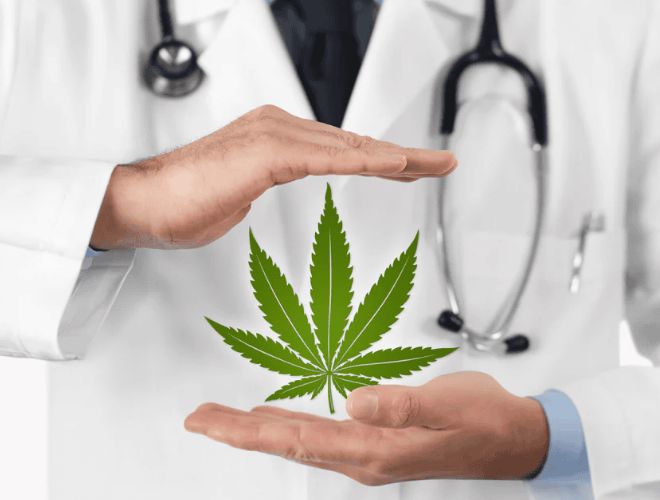
History of Medical Cannabis in the United States
Humans have known about the medical benefits of THC throughout history. Available records show that as early as 2737 B.C., Emperor Shen Neng of China was prescribing cannabis tea to manage several conditions, including rheumatism and gout.
It’s known when exactly cannabis landed on the shores of the Americas. However, it’s reported that Christopher Columbus carried cannabis when he explored the Americas in 1942 in the form of hemp ropes.
In the colonial era, settlers in Jamestown were required to grow hemp, a variety of cannabis, to support England’s cause. It would later play an essential role in the establishment of the United States.
George Washington famously grew hemp for fiber at his Mount Vernon estate as one of three primary crops. However, it wasn’t until the 19th century that medical marijuana would be introduced in the USA.
Irish doctor William O’Shaughnessy first introduced medical cannabis in Western medicine in 1839. By the 1850s, medicinal preparations of marijuana were widely available in American pharmacies, marking the start of the history of medical cannabis in the USA.
Around the same time, states began enacting laws to regulate the sale of pharmaceuticals. Some states require that the ingredients and their adverse effects be labeled. Others, such as Louisiana and Wisconsin, required a prescription.
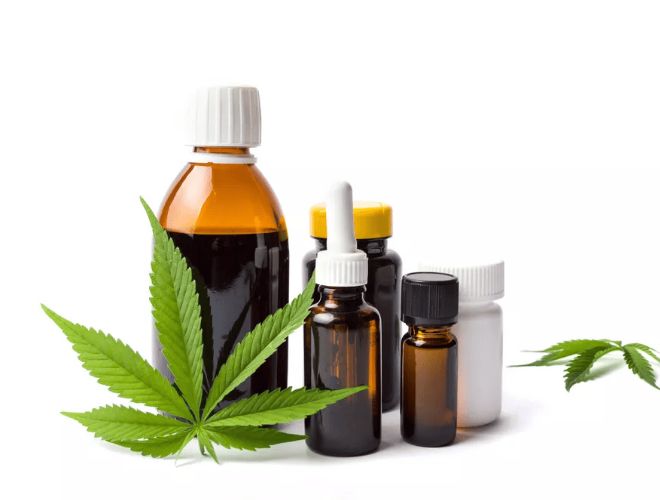
Prohibition and the eventual return of medical cannabis
The dawn of the 19th century came with various laws that targeted cannabis sales and use. Eventually, they culminated in the Marihuana Tax Act of 1937, which imposed an excise tax on all hemp sales.
The tax was also imposed on medical cannabis doctors and retail pharmacists selling, producing, or cultivating medical marijuana.
Medical cannabis use, however, continued until Congress passed the Controlled Substances Act of 1970, which assigned marijuana as a Schedule I class substance, prohibiting even its medical use.
This motivated new efforts by activists to legalize cannabis use for medical purposes.
In the ’90s, efforts by cannabis activists started bearing fruit when, in 1991, San Francisco voters approved Proposition P, expressing support for medical marijuana use.
Following the success of Proposition P, medical cannabis activists in California initiated a ballot initiative called Proposition 215. Voters approved Prop 215, making California the first state to legalize medical cannabis use.
More states followed suit. Today, 38 states, including Utah, allow the medical use of cannabis. This makes medical marijuana education even more necessary, including for understanding the medical benefits of THC.
Top 5 Medical Benefits of THC
Most medical marijuana education resources on the internet focus on the benefits of various cannabinoids. Here are some of the medical benefits of THC backed by scientific evidence:
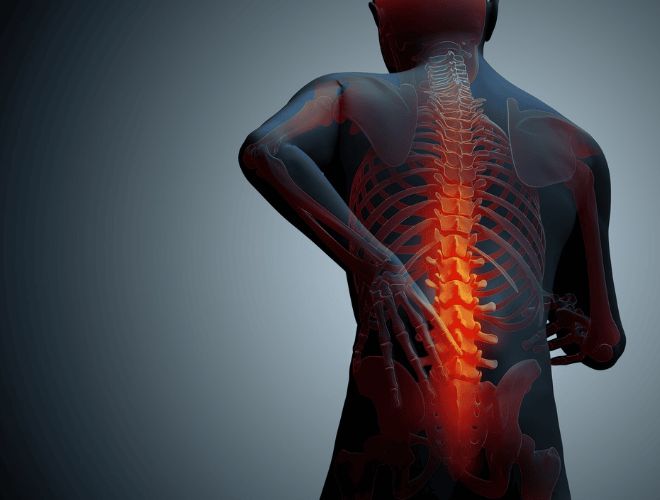
1. It may improve chronic pain
Medical marijuana education resources cover the potential of cannabis for chronic pain alleviation as it is the most studied to date. But is chronic pain one of the many potential medical benefits of THC?
Several studies suggest so. One 2017 review of more than ten thousand studies found that the use of cannabinoids, including THC, for the treatment of pain was supported by scientific evidence.
Chronic pain is also one of the most common reasons for people to seek medical cannabis in the United States. In Utah, chronic pain is one of the 16 qualifying conditions defined by the Medical Cannabis Act.
If you experience chronic pain or pain that’s expected to last for two weeks or more, you may be eligible for a medical cannabis card in Utah.
Schedule your appointment with a Green Team Doctors’ qualified medical provider today to get evaluated for a cannabis card in Utah.

2. Chemotherapy-induced nausea and vomiting
You will find cancer mentioned in most medical marijuana education resources, some without details on how marijuana can help.
Cannabinoids, including THC, have been used in other parts of the world to manage chemotherapy side effects, including nausea and vomiting.
In the United States, THC-based preparations, Nabilone and Dronabinol, have been available for the treatment of chemotherapy-induced nausea and vomiting for over three decades.
Dronabinol and Nabilone were approved by the FDA in 1985 for use where other chemotherapy-induced nausea and vomiting are not effective.
Both preparations are made using synthetic delta-9-tetrahydrocannabinol. Natural THC is yet to be approved as a treatment; however, this is proof that it may work.
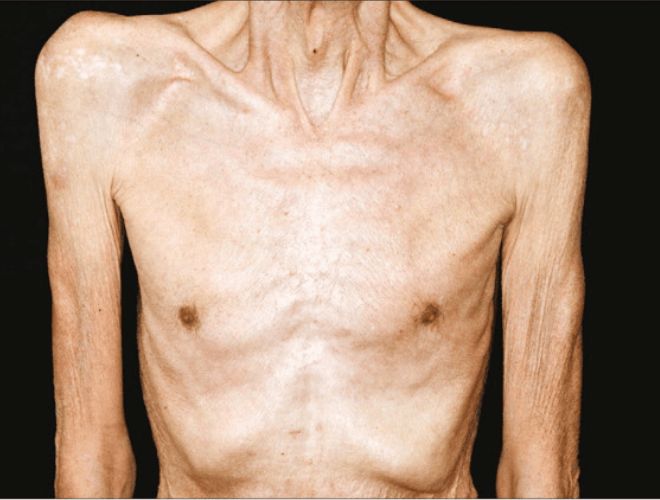
3. Wasting Disease, cachexia
The Utah Medical Cannabis Act lists cachexia and HIV/AIDs among the qualifying conditions eligible for a marijuana card in the state. These conditions are characterized by muscle and fat mass wasting, leading to weight loss.
Medical marijuana education resources indicate that cannabis compounds, including THC, may help improve wasting conditions.
The FDA approved the marketing of THC-based Dronabinol for the treatment of anorexia associated with wasting syndrome in patients with AIDS in 1992.
Several studies have found that THC may help stimulate appetite in patients, which may help them maintain a stable weight. More research is still needed.
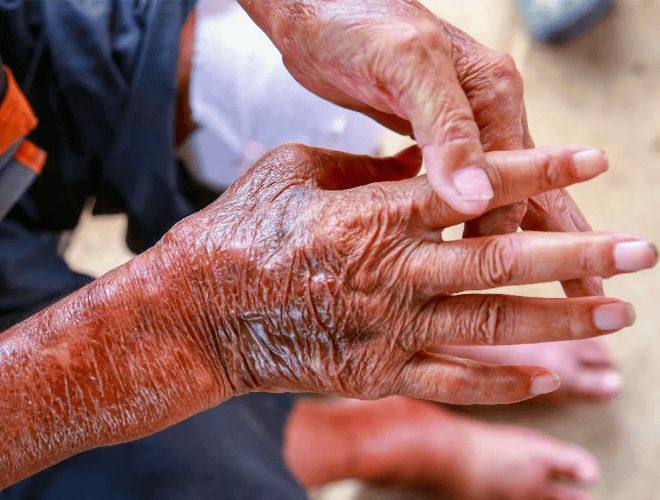
4. Multiple sclerosis
MS and persistent and debilitating muscle spasms are qualifying conditions in Utah. But can THC help?
Several medical marijuana education resources suggest that cannabinoids may help improve some of the symptoms that may accompany multiple sclerosis.
One 2022 study found that cannabinoids improved pain and spasticity, which are the most common symptoms of multiple sclerosis with modest to moderate side effects.
This study investigated the effectiveness of Nabiximols, a CBD and THC preparation that has been approved in the UK, Canada, and over 25 countries for treating spasticity and neuropathic pain associated with MS.
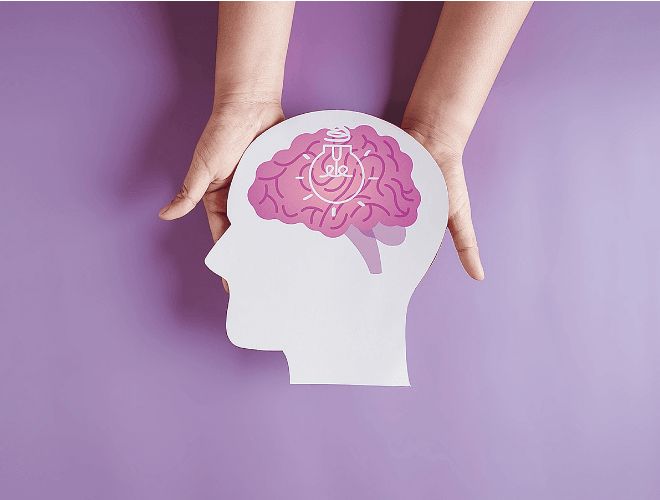
5. Epilepsy
Epilepsy and debilitating seizures are qualifying conditions in Utah. Medical marijuana education studies show that cannabinoids may help improve seizures.
While not improving seizures hasn’t been studied extensively as most medical benefits of THC have, current research evidence shows that other cannabinoids, such as CBD, may help.
In one study published in 2017, researchers found that patients with drug-resistant Dravet syndrome experienced a significant reduction in convulsive seizures after cannabidiol treatments.
As a result, the FDA approved Epidiolex, a CBD solution, as a treatment for two rare forms of epilepsy, Lennox Gastaut Syndrome and Dravet Syndrome.
Now that you are aware of the benefits of medical cannabis, where can you find reliable information about marijuana? Are there medical marijuana education resources for new patients?
Medical Marijuana Education Resources for New Patients
1. Cannabis dispensary websites
Utah has 15 licensed cannabis dispensaries across 29 counties as of February 2024. Most of the dispensaries in Utah maintain websites that are often a good source of information for new patients.
These websites often include articles describing the therapeutic properties of various cannabis strains and products, products available for sale, and specific preparations.
You can browse the available information and familiarize yourself with different types of products and their therapeutic effects.
2. State medical marijuana education resources
Most states with a medical marijuana program often provide resources for new patients seeking access to cannabis and for health providers.
Utah Department of Health and Human Services maintains a website with resources that cover topics such as using medical cannabis during pregnancy, safe storage, and more.

3. Online educational platforms
Various online educational platforms offer resources for patients interested in medical cannabis. These include university programs, health blogs, and other sites with informational articles and videos for empowering patients.
The University of Utah established the Center for Medical Cannabis Research in 2023 to advance cannabis research and build an educational platform to provide patients with information on its therapeutic use.
There are also other platforms, such as WebMD, that provide current information on medical cannabis.
4. Medical journals and research papers
If you are looking for scientifically backed information on the therapeutic benefits of cannabis, academic journals and research papers are the best places to look.
Websites like PubMed, which is maintained by the National Institutes of Health, provide access to a vast repository of medical marijuana education resources that delve deeper into the scientific aspects of cannabis benefits.
5. The Green Team Doctors blog
The Green Team Doctors blog is an invaluable resource for medical marijuana education. Our blogs contain current cannabis news, updates, and insights that may help new patients make informed decisions.
From guides on how to apply for a medical marijuana card in Utah and the medical benefits of THC, to how cannabinoids work in the body, we provide you with the most up-to-date information on medical cannabis.
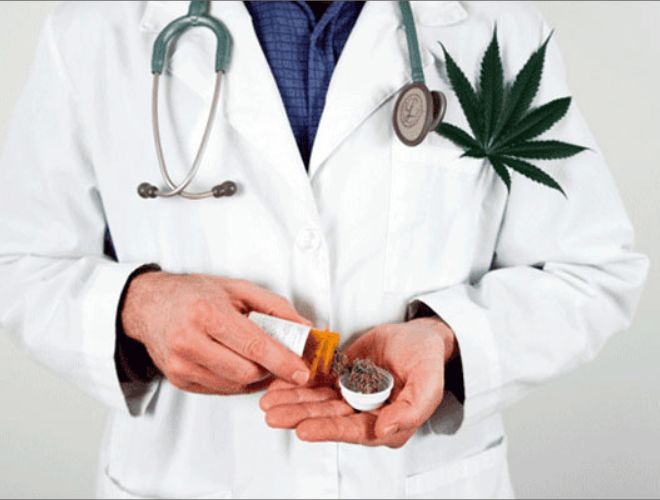
Schedule Your Appointment with Medical Cannabis Doctors to Get Approved
There are several medical marijuana education resources on the internet that provide valuable information to new patients. However, it’s better to consult a qualified medical provider for a personalized evaluation.
At Green Team Doctors, we are a coalition of local physicians with over 300 years of combined experience practicing medicine. We have seen firsthand the benefits of natural treatment alternatives and strive to provide an optimized patient experience while combating opioids.
If you have a qualifying condition that the medical benefits of THC can improve, schedule your appointment with one of our qualified medical providers in Utah and get approved for a medical card in minutes.
